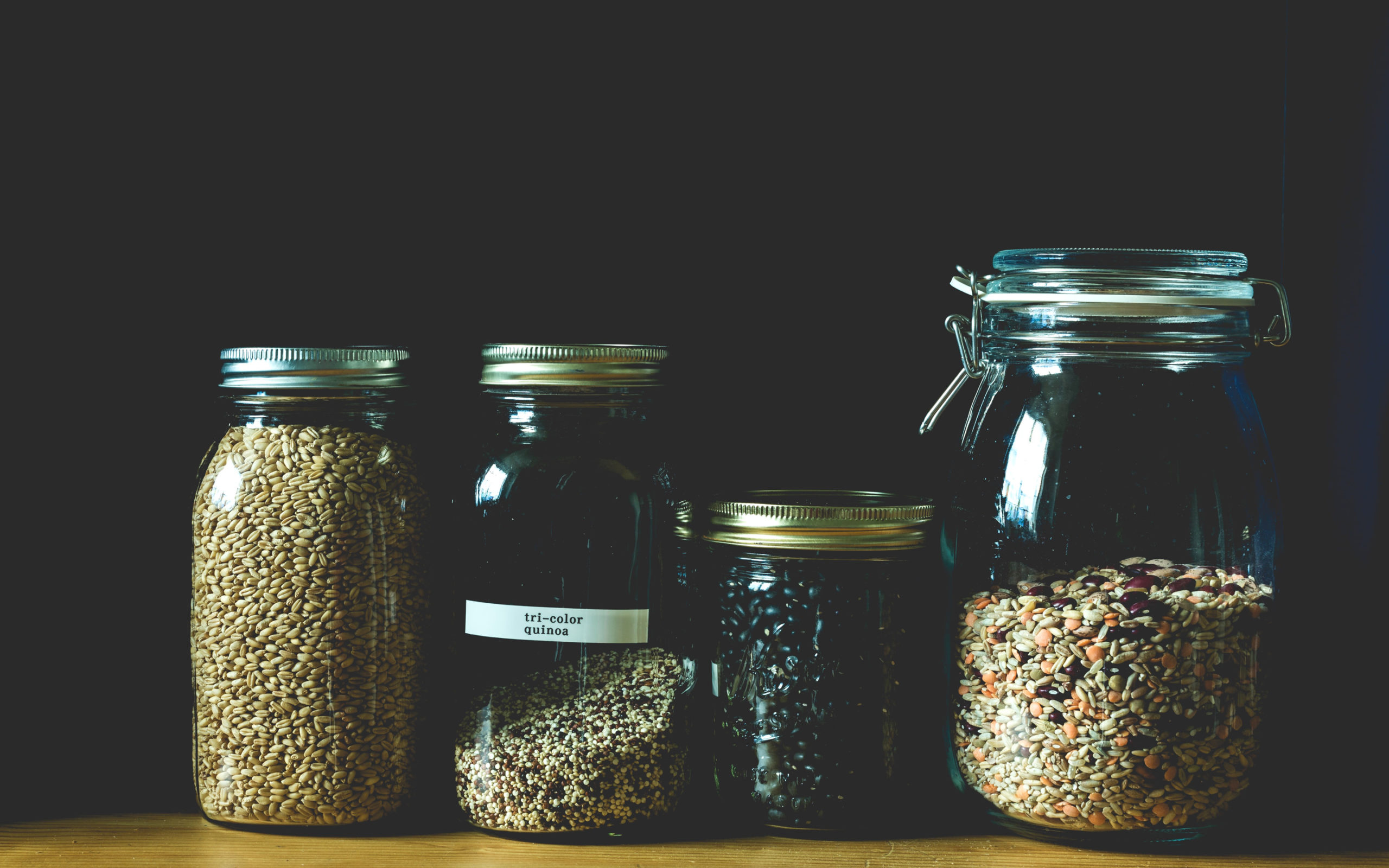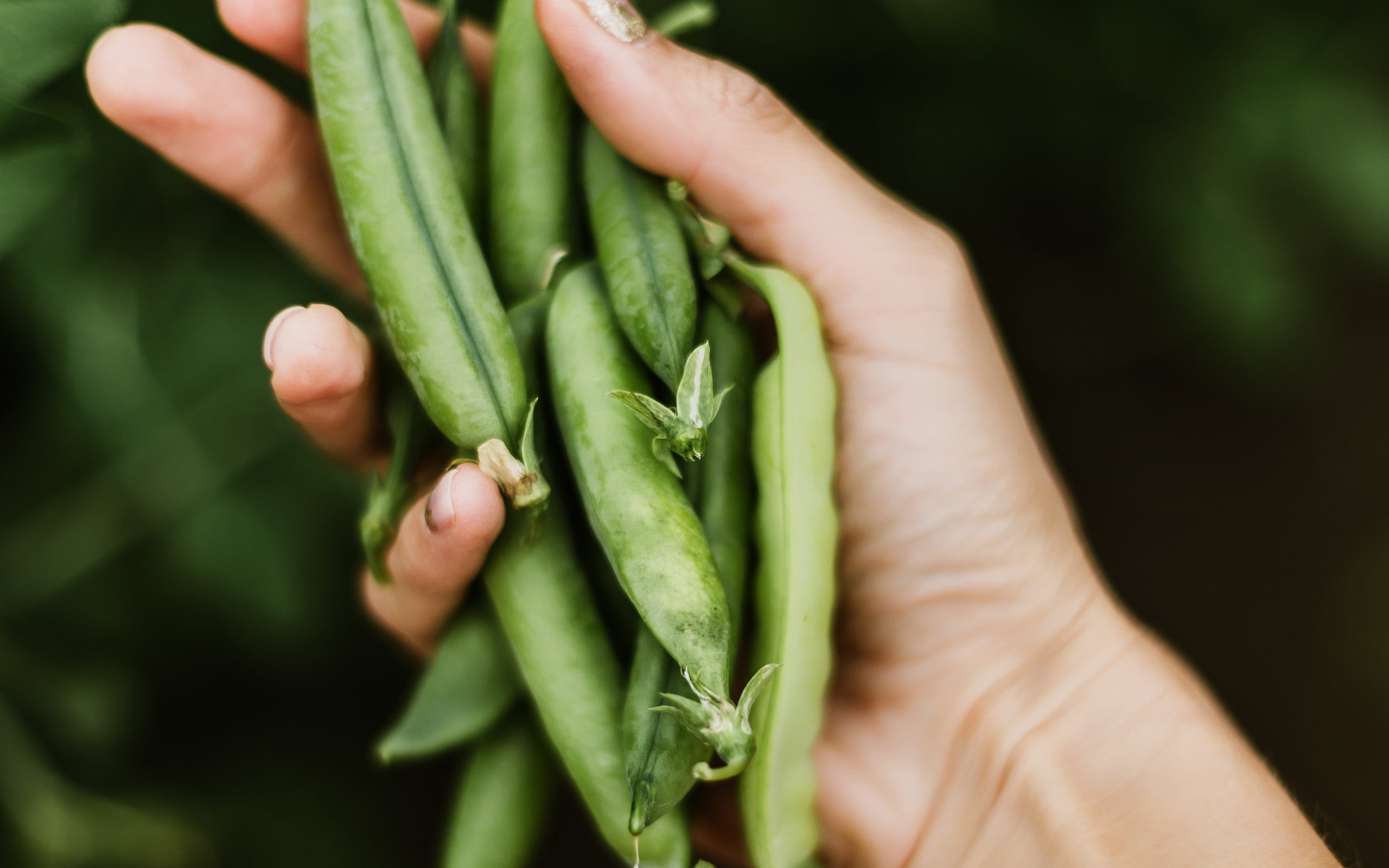Why planting and saving seeds is one of the best ways to celebrate Earth Day, every day.
Seeds hold the memories of their mothers. Based on tiny bundles of information imprinted on them from the previous generation, they know when to go dormant and when to germinate. That seeds sleep and awaken based on this set of genetic rhythms carried from countless past seasons makes them our best timekeepers, and, in some ways, our best templates for biological and cultural resiliency.
Yet, over the last 100 years, our global seed varieties have dwindled by at least 75 percent due to industrial agriculture, pesticides, and monocropping. The rise of patented pesticide-resistant seeds and trends toward breeding for uniformity have increased yields, but reduced genetic variability, making certain seeds susceptible to pests, environmental hazards, and pathogens (if you’re wondering why this is important, consider the Irish Potato Famine, when, in the 1840s, a fungus wiped out the one species of potatoes grown on the Irish countryside, leading to nearly 1 million deaths).

And while crop homogeneity may not seem like the greatest peril the world is facing, with warming temperatures, and threats to food security resulting from the Covid-19 pandemic, we’ll need as many seed varieties as possible to adapt to changing conditions.
That’s why, in 2008, Crop Trust established the Svalbard Global Seed Vault, a seed storage facility located on the Svalbard Archipelago about 1000 kilometers away from the North Pole. In this Norwegian territory of snow and glaciers, polar bears outnumber people, and borders have remained open to citizens of the world since 1920. Here, the vault burrows deep into a mountain with enough cold storage for about two billion seed varieties.
Today, it holds close to one million, standing as the most diverse collection in the world, and administered much like a bank oversees safety deposit boxes. Countries can deposit their most prized native seeds at the vault without losing ownership under Article 15 of the International Treaty of Seeds. Every year, three to four shipments arrive from countries around the world (take a virtual tour of its interior to see its famous black boxes, which are placed on shelves side by side).
While Svalbard was envisioned much like an insurance policy — keeping seeds that might become extinct in the event of a major disaster — there are seed-savers working on the grassroots level to steward heirloom varieties with resilient structures by growing them year after year. Seed Savers Exchange, in Iowa, maintains 20,000 plant varieties and open-pollinated plants. They have a searchable seed catalog based on member contributions, which you can join if you plan to share your own rare seeds in one big seed swap.

Their website is also a treasure trove of information for gardeners. Find out how to plan a garden and save seeds, how to grow in small spaces, when to make use of container gardens, how to start seeds indoors, and tips for transplanting.
That’s something Reclaim Seed NYC knows all about. The women-of-color-led collective supports urban growers with a library of open-pollinated seeds that are regionally adapted for local production, all held at the Kind Manor Museum, in Jamaica, Queens. Altogether, the collective plants on some 46 acres across New York City.
Other organizations, like Seeding Sovereignty’s Land Resilience project have forged national coalitions to support indigenous farmers and entrepreneurs in rebuilding food systems in tribes across the U.S. Get inspired to plant by listening to these seed stories from farmers across the U.S., who contributed to the long-term Seed Broadcast, a mobile seed story broadcasting station built into a retrofitted bread van that has traveled to gardens across the country. The stories range from horticulture therapy in L.A. and urban gardening in Chicago, to the cultural significance of planting heirloom blue corn on the Navajo Nation. And when you’re ready to buy, check out these ten seed brands, which specialize in rare seed preservation.
Earth Day might be the most obvious day to think about seeds, planting, and the environment. Yet the anxiety around the global coronavirus pandemic has pushed a great number of us to share, plant, and save seeds, and to consider growing food as one way to use templates from the past to ensure resiliency into the future. Some people are going so far as to call theirs Victory Gardens after those planted during the two major World Wars. Whatever they are, let’s keep planting them with the kinds of seeds that will span generations.
Ready to plant some seeds? Share what you’re growing with us on social @AvocadoMattress and #AvocadoGreenLiving

Shop Pillows
The Essential Organic Pillow Collection
Gentle, breathable, non-toxic support.





